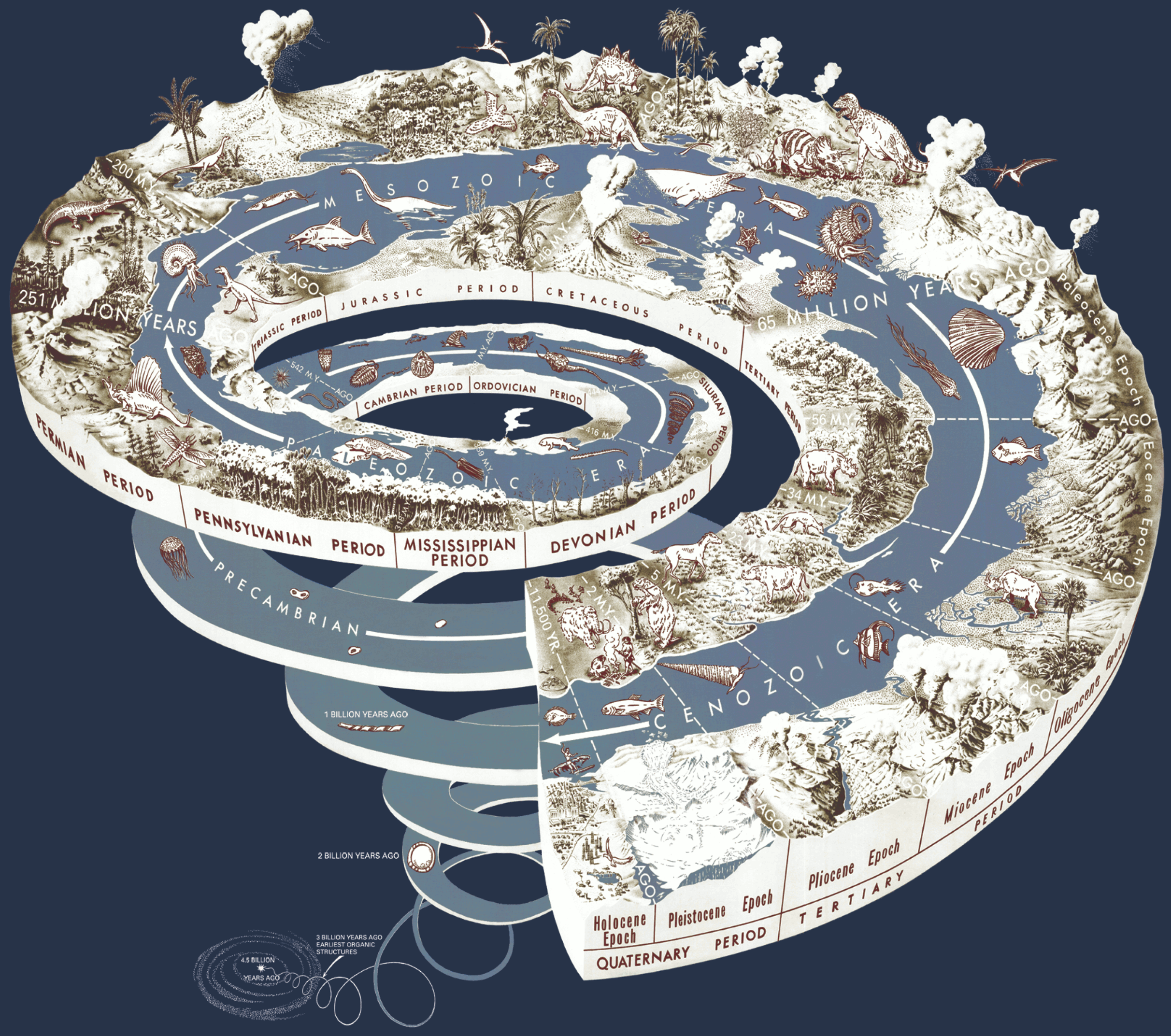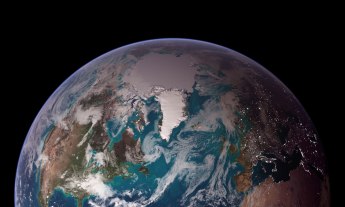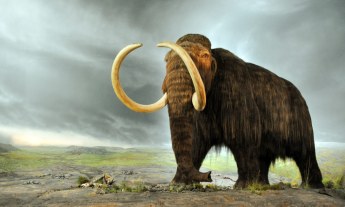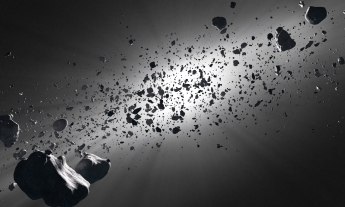
Welcome to the Anthropocene!
An asteroid slams into Earth and catalyzes the extinction of roughly 75 percent of the plants and animals at the time, including all of the dinosaurs besides birds. A gang of ice sheets that sprawled across the planet begins to recede, leaving behind massive changes on Earth’s continents. Events like these are classic boundary markers in the geologic record, a shift from one time period to another marked by a pronounced physical change to the Earth. The asteroid crash 65.5 million years ago marks the boundary between the Late Cretaceous and Paleogene periods; the retreat of the glaciers kicks off our current epoch, the Holocene.
A group of scientists believes that the next big boundary marker between epochs is happening right now. Caused not by a giant rock from space or scouring ice sheets — but by people.
Right now, people are melting the last great glaciers of the Holocene; people are creating deposits of plastic, metal alloys, even plutonium that will leave a mark basically forever; and meanwhile, thanks to agriculture, appetites and even fashion, people may drive the sixth (or maybe seventh) mass extinction in Earth’s history.
So in August 2016, this mixed group of scientists announced in Cape Town that, like the asteroid and glaciers before us, people deserve their own new epoch in the official rock record. They’re calling it the Anthropocene — meaning, “new age of man” — and recommending its adoption into official geologic time, like the Holocene or the Paleogene.
“This Anthropocene signal is global, it is sharp and all the signals are big,” says geologist Jan Zalasiewicz of Leicester University, who heads up the Anthropocene Working Group of the Subcommission on Quaternary Stratigraphy, the kind of formal name favored by scientists, and who oversaw the decision process. “It’s about as wide-ranging an array of markers as you can get.”

It has hardly been a snap decision. Zalasiewicz and co. began work in 2009 with 35 members, including geologists but also ecologists, paleontologists, and even a journalist. They carefully assessed the evidence to see if people’s impacts would prove geologically significant in the same way that out-of-place boulders tell the tale of an Ice Age or the disappearance of a shelled animal reveals a change in the Earth.
This new designation is meant to signify the many permanent markers left by people. It’s a long list, from the strange underground hollows and voids left by mining and drilling to the ever-increasing levels of carbon dioxide in the air we all breathe, currently above 400 parts-per-million in the atmosphere — a concentration higher than at any point since the species known as Homo sapiens first started walking the planet.
The working group has also decided on the best start date for this new age. It’s 1950, chosen because of the uptick in many of these markers around that time but especially because of the appearance of new radioactive elements never before seen on Earth, thanks to the testing of atomic bombs.
In other words, anyone born after 1950 has been living in the Anthropocene all along.
Now the geologists have to go out into the field and prove it, finding a slice of rock or a core drilled from the bottom of the ocean that perfectly records the legacy of nuclear weapons, cataloguing other markers like plastic, aluminum, or the new abundance of nitrogen in the world’s waters and soils thanks to modern fertilizers.
The best bet may be soot. Much as a thin layer of iridium revealed the asteroid that helped eliminate the dinosaurs 65.5 million years ago, a layer of soot has smudged soils and sediments around the globe since 1950 or so. Billions of microscopic black balls can be found in the ice of Greenland and the bottom of lakes in Chile, all from around this same time.
Even if they do find a perfect record, there will still be skeptics. “Why can’t we just call it the Holocene?” asks geologist Stan Finney of California State University, Long Beach and chair of the International Commission on Stratigraphy, which will render a final decision. “Why change the name?” After all, people don’t really need the rock record to tell us when bomb testing began; we can just use, you know, calendars.
If history is any guide, it will take a long time to hash it all out. It took geologists decades to accept the Holocene, for example, which covers the last 11,700 years, a kind of summer break in a succession of Ice Ages in which all of human civilization has developed, including the development of the geology to mark such changes. It may take nearly that long for the community of stratigraphers and geologists to accept this strange new age and place it into the official timescale of Earth history.
But the point of naming the Anthropocene is not to memorialize humanity in the rock record. The point of the Anthropocene is to recognize people’s world-changing impacts in the hopes of persuading us to take a slightly less anthropocentric approach. People need to make room for plants and animals if we want to avoid another mass extinction, we may even want to resurrect animals we’ve already driven extinct. The world’s pollution problems have to be addressed together, or they won’t be solved at all.
In short, the point of an Anthropocene is to prove that humanity is actually not like a glacier or an asteroid. We can choose to do better, even if the signs of the Anthropocene are growing ever more pervasive and permanent. Otherwise, as astrophysicist Lord Martin Rees once remarked, the human age could prove quite short.












